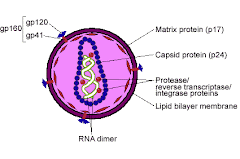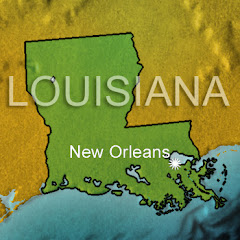"In the mid-1980s, crack use exploded in the United States, primarily because of its quick high and relatively low cost: Crack cocaine costs significantly less than its powdered counterpart.
The low cost of crack helps explain its rampant spread through poor, urban areas. The highest numbers of crack users are African-American men between the ages of 18 and 30 who come from low socioeconomic backgrounds.
Street Terms for Crack
Basa, french fries, real tops, base, glo, rock(s), black rock, hard rock, roxanne, CDs, hotcakes, twinkie, candy sugar, jelly beans, yam, electric kool-aid, nuggets
Crack has touched almost 4 percent of the American population. Nearly 8 million Americans ages 12 and older say they have taken crack at some point in their lives, according to the 2003 National Survey on Drug Use and Health (NSDUH). According to the same survey, the number of users currently taking crack in 2002 was about 567,000.
Crack is not just a problem among adults. A 2003 Monitoring the Future Study by the University of Michigan found that nearly 4 percent of high school seniors and 2.5 percent of junior high school students said they had tried crack at least once.
Crack addiction is taking a toll on America's health. In 2002, emergency rooms reported more than 42,000 crack-related cases to the Drug Abuse Warning Network. That number was down from nearly 49,000 in 2001, but up from the approximately 34,000 cases reported in 1995."
Crack is associated with more prostitution, violent crimes and gang-related crimes than any other drug.
Crack Outside the United States
America is not the only country dealing with crack addiction. Cocaine use has been on the rise in Europe over the last several years, although the biggest problem in most countries (with the exception of the United Kingdom and the Netherlands) is the powder form of the drug. The United Kingdom reports the highest crack use in Europe.
Wednesday, September 19, 2007
"Crack" Addict Culture
Blogs'FamilyCorruptionInTheBigEasy||
FamilyCorruptionInTheBigEasy: Part 2
Posted by
Boop
at
10:02 PM
![]()
Labels: crack, culture, drug addicts, drugs
Subscribe to:
Post Comments (Atom)


















No comments:
Post a Comment